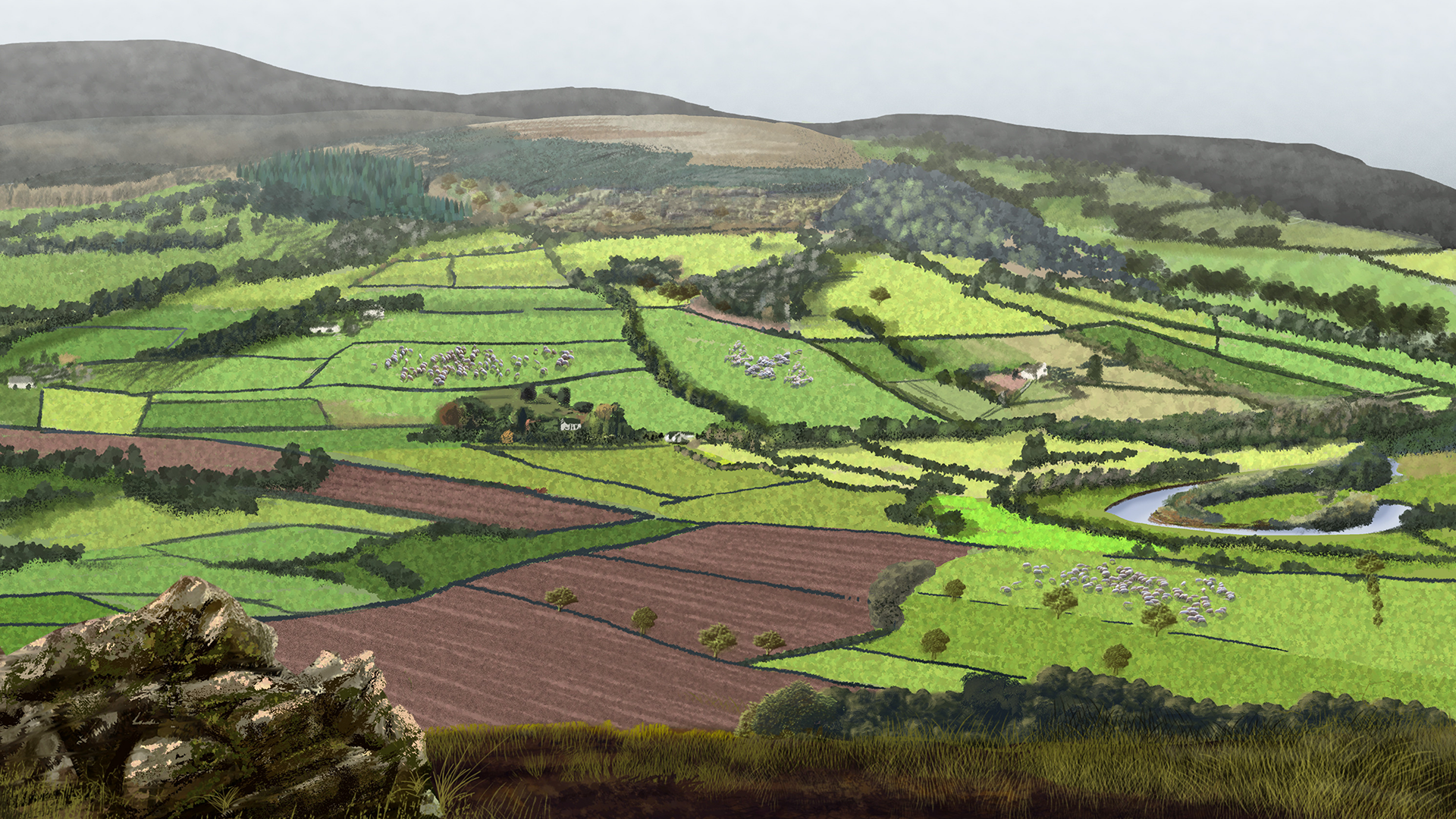The National Park faces existential threats to its continued survival. The communities that manage this landscape are facing an uncertain future.
Demographic and economic changes, coupled with the impacts of the climate and nature emergencies are making it more and more difficult to maintain the traditional ways of life that have sustained this environment for generations.
Our beautiful landscape, which underpins our reasons for being, will not be able to survive these changes unless a concerted effort is taken today for the sake of tomorrow. Protecting this National Park for the benefit of future generations is a national imperative and the key driver for the policy and strategy of this Plan. Our landscape provides a range of ecosystem services benefits from the natural world, which are vital to health and wellbeing. Our hills, lakes and streams generate the water which supplies most of South Wales and beyond. Our peatlands and woodlands sequester carbon generated in the towns and cities far beyond our borders to help mitigate against temperature rise. Our natural beauty provides those non-material benefits which so enrich our everyday, the spiritual, the emotional, the reflective, the awe inspiring, simple enjoyment of a walk on the hill or the woods.
The Park Today
The image below portrays a typical landscape of the National Park as we see it in 2022.
- Rugged bare uplands make way to a pastoral landscape, a patchwork of green grass of fields for grazing livestock interspersed with trim and traditional hedgerows.
- The ploughed fields expose the red soil so characteristic of the area.
- The few farmhouses that populate the image are testament to this as a living and working landscape.
- The river on the valley floor meanders its way through the scene.
A rural idyll that typifies the complexity of the interaction between people and nature, combines to form a picture of natural beauty. But for all its beauty this is not a benign landscape.










